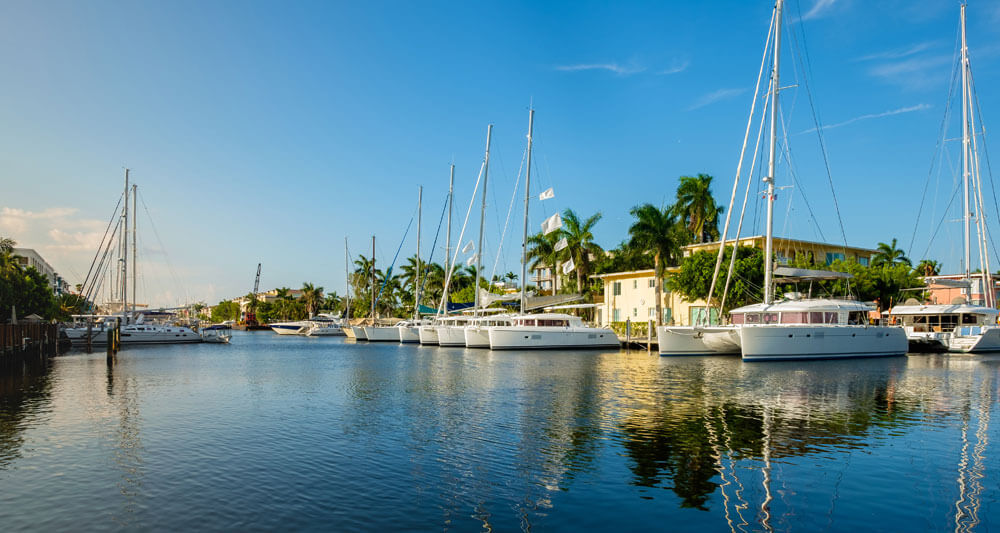What is Flood Insurance?

Flood protection is the extra coverage that some homes may require in the event that they are in a high hazard area. Insurers will use geographical maps that distinguish floodplains, floodways and specific marshes that are apt to flood to check whether your home falls inside these higher danger zones. These premiums can sometimes be a significant cost which is the reason why it is essential to see how these function and what precisely is covered.
How is flood insurance calculated?
Various components are considered for your flood protection premium. For one thing, the precise location will indicate how high of a danger your house is at taking into account flood zone territories. Next, the age and design of your house are considered as the physical structure has an influence. Homes that are in high hazard regions that were built after the main Flood Insurance Rate Maps were made will factor in the elevation of the home in connection to the flood elevation. Finally, the plan and coverage purchased will likewise assume its part in how your premium is configured.
What is and is not covered
Flood protection covers a great part of the physical harm brought on to your home and to your possessions. The property is covered with respect to its structure, electrical and plumbing frameworks, built-in appliances, HVAC, permanent flooring and walls, window treatments, detached garages and debris removal.
Your policy will also cover numerous individual things. This is inclusive of apparel, furniture, curtains and shades, compact AC units, microwaves and dishwashers. Additional items include washer/dryers, freezers including the food in them and select high-esteemed collectables, for example art or fur garments up to $2,500.
The larger part of your household items will be covered. Things that won’t be incorporated include your vehicles, temporary everyday costs, cash or valuable printed material, money related misfortune created by the obstructed utilization of home, additional property like hot tubs, decks or wells and any harm brought about by dampness that could have been avoided by the property’s owner.
How to lower your insurance premium
Flood protection definitely adds an extra cost to owning a high hazard home. Be that as it may, there are numerous ways that you can decrease the cost of your premium as you minimize this additional expense. These incorporate elevating your utilities to higher areas in the structure or by introducing “flood vents” to minimize additional harm by water pressure. At long last for a few, raising the structure over the base flood elevation might be an option. This is a more expensive methodology, yet relying upon your home’s area and premium it might counterbalance your expenses.
Where does flood insurance cost the most?
Flood insurance can truly change in cost from relatively insignificant to a costly expense. The genuine answer of where it will cost the most relies on upon where your home falls inside these classes:
Moderate to low risk: These areas are typically the lowest for their premiums as they are the least likely to flood. They are also referenced as “Non-special flood hazard area” or NFSA.
High risk areas: Also known as “Special Flood Hazard Area” or SFHA, these areas have higher premiums as they are at a higher risk with a one in four chance of flooding during a 30 year mortgage cycle as determined by FEMA.
In the event that you are thinking about a home near the water, it is a good idea to contact your insurance agent and acquire a point by point gauge on what a policy will cost you. As floods are amongst the most widely recognized disasters in the United States as indicated by FEMA, you might consider flood protection regardless of the fact that your property is not in the highest risk territory for flood hazard.
